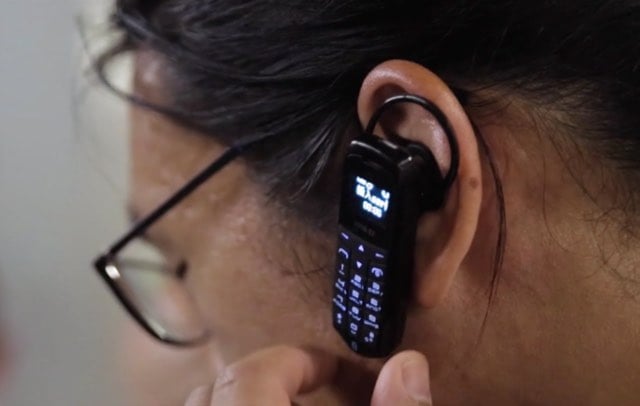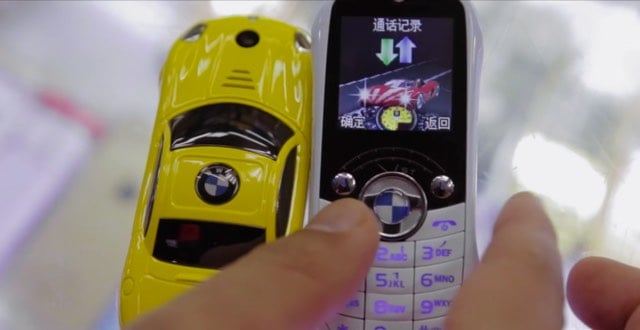kottke.org posts about Kevin Slavin
Some recent science suggests that perhaps cats aren’t as domesticated as some other animals like dogs, sheep, or horses.
It appears that, following the advent of agriculture, wildcats in the Near East and Asia likely began to congregate near farms and grain stores, where mice and rats were abundant. People tolerated the volunteer exterminators, and wildcats became increasingly comfortable with people. Whether this affiliation began five or ten millennia ago, the evidence suggests that cats have not been part of our domestic domain for nearly as long as dogs, which have been our companions for perhaps forty thousand years.
After all, true house cats are only 60-ish years old, dating roughly to the invention of kitty litter.
Or, as one of my favorite short talks (by Kevin Slavin) suggests, perhaps it is humans who have been domesticated by a protozoan parasite that lives within cats, which, when transmitted to humans, makes us want to share funny cat GIFs online.
From Kevin Slavin and Bunnie Huang on location in Shenzhen, China, a look at what changes when you stop designing phones for companies and start designing them for people. You end up with a variety of phones satisfying different desires, from tiny phones that double as Bluetooth earpieces to phones that look like a race car or a pack of cigarettes or a soda can to phones with built-in lamps.



A spin around the internet reveals many more examples of these kinds of phones: flashlight phones, lighter phones, phones with up to 4 SIM slots, super-rugged phones w/ walkie talkie capability, credit card-sized phones, watch phones, and USB key phones. (via @triciawang)
Paul Ford writes about the connection between kitty litter and internet culture. In short, kitty litter led to house cats which led to cat memes.
Certainly Ed Lowe in 1947 could never have predicted the memes and clickbait that would follow, but he figured out a fundamental rule that applies today as well as it did back then. If you want to change the world, fill a bag with dirt and give it a name. The world will come running.
Last year, Kevin Slavin argued that the protozoan parasite Toxoplasma gondii is engineering people to create online cat memes. Well, which is it fellas? Is kitty litter responsible for Nyan Cat or is Toxoplasma gondii to blame?
Working for CBS and later on his own in the 40s and 50s, sound engineer Charley Douglass perfected the laugh track technique, which was then called sweetening. His secret weapon was the laff box, a machine that you could use like a typewriter to produce the type and sequence of laughter you needed for a particular situation. Here’s how the machine worked:
The one-of-a-kind device — affectionately known in the industry as the “laff box” — was tightly secured with padlocks, stood more than two feet tall, and operated like an organ. Only immediate members of the family knew what the inside actually looked like (at one time, the “laff box” was called “the most sought after but well-concealed box in the world”). Since more than one member of the Douglass family was involved in the editing process, it was natural for one member to react differently to a joke than another. Charley himself was the most conservative of all, so producers would put in bids for other editors who were more liberal in their choice of laughter. Douglass used a keyboard to select the style, gender and age of the laugh as well as a foot pedal to time the length of the reaction. Inside the machine was a wide array of recorded chuckles, yocks, and belly laughs; exactly 320 laughs on 32 tape loops, 10 to a loop. Each loop contained 10 individual audience laughs spliced end-to-end, whirling around simultaneously waiting to be cued up. Since the tapes were looped, laughs were played in the same order repeatedly. Sound engineers would watch sitcoms and knew exactly which recurrent guffaws were next, even if they were viewing an episode for the first time. Frequently, Douglass would combine different laughs, either long or short in length. Attentive viewers could spot when he decided to mix chuckles together to give the effect of a more diverse audience.
I found out about the laff box from Kevin Slavin & Kenyatta Cheese’s talk about how, with the Internet, the audience now has an audience.
Or rather, protozoan? Toxoplasma gondii is a protozoan parasite which is transmitted from rodents to cats through a crafty mechanism…it makes mice attracted to the smell of cat urine. Mouse goes near cat, cat eats mouse, T. gondii has a new host. From cats, the parasite can jump into humans, where it may be responsible for all sorts of nastiness:
Well, the behavioral influence plays out in a number of strange ways. Toxoplasma infection in humans has been associated with everything from slowed reaction times to a fondness toward cat urine — to more extreme behaviors such as depression and even schizophrenia. And here’s the kicker: Two different research groups have independently shown that Toxo-infected individuals are three to four times as likely of being killed in car accidents due to reckless driving.
And maybe makes us want to invent networking technology and share cool links? In this five-minute talk, Kevin Slavin cleverly connects viral media with T. gondii:
That video was so good, I watched the whole thing twice.








Stay Connected